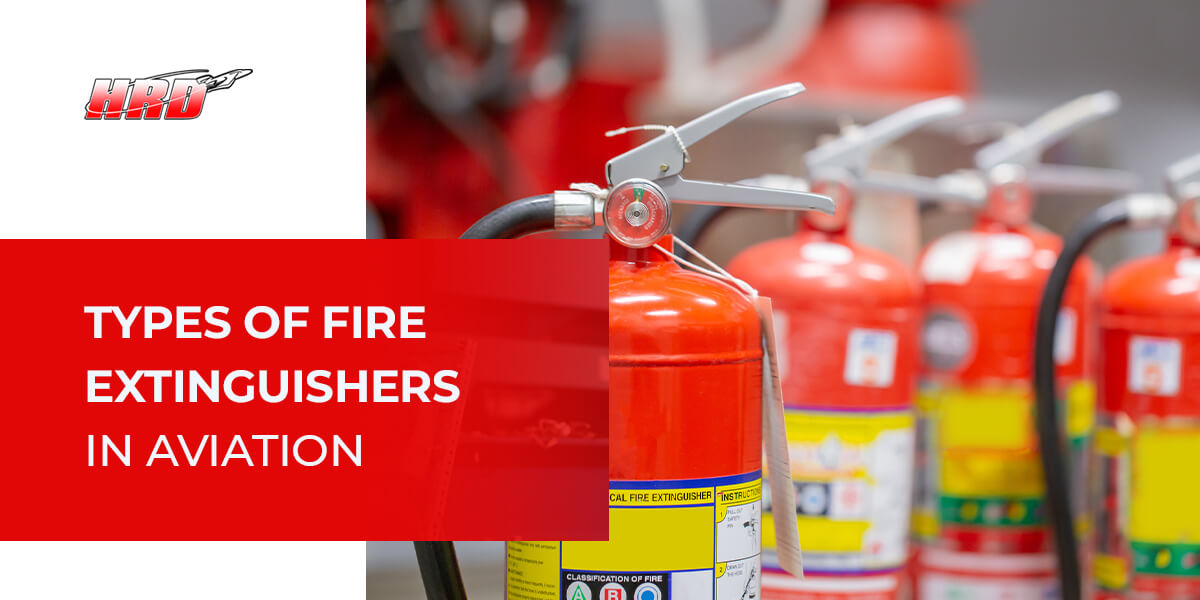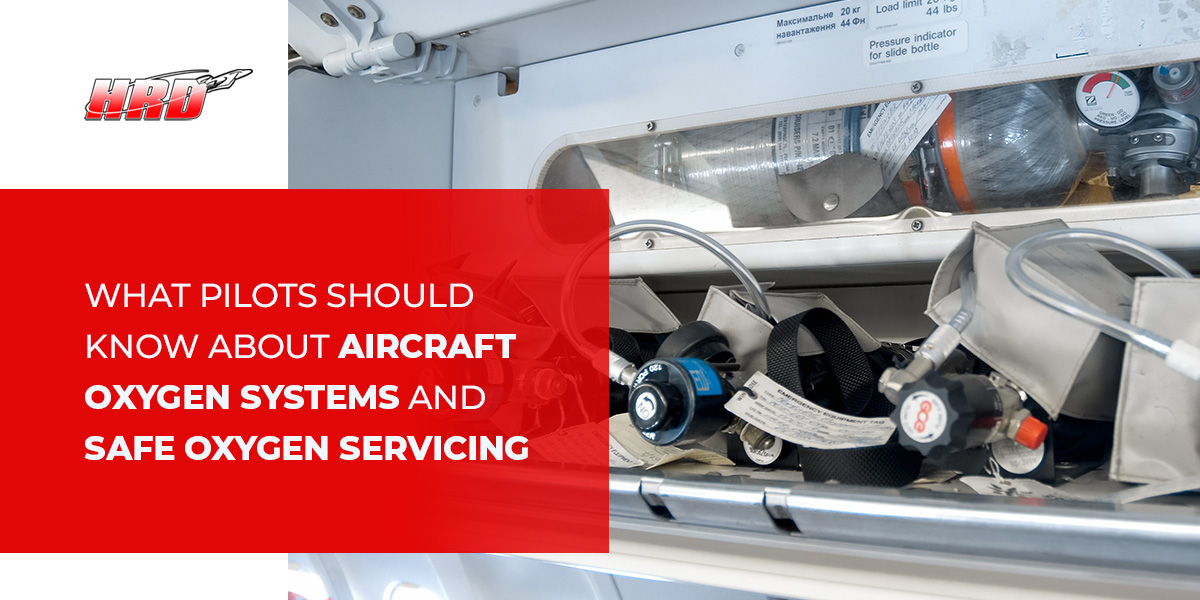The Most Common Aircraft Emergencies and Minimizing the Risk
As we move further into the 21st century, plane travel is safer than ever. Keeping passengers safe is a moral responsibility and a mandate from the Federal Aviation Agency (FAA). Taking a proactive approach to face the risks of air travel can mean the difference between solving a problem quickly or experiencing a disaster.
Here at HRD Aero Systems, we believe information is the greatest tool to minimize the risk of common airplane emergencies. That’s why we’ve put together this guide to help you understand and prepare for three of the most common airplane emergencies.
Fire
A fire inside an aircraft can develop rapidly with the dangerous possibility of losing control of the plane. Thankfully, there are several steps the pilot and crew can take to control the situation.
If someone reports the smell of fumes or smoke, treat it as if it’s a real fire every time. When there’s a suspicion of a fire, the flight crew should gear up with oxygen masks and smoke goggles. This protective gear should provide 100% oxygen with overpressure to prevent any smoke from seeping into the mask.
Next, the pilots should plan an emergency landing and broadcast an emergency notice to air traffic control. Time is critical because most modern passenger jets take approximately more than five minutes to reach sea level.
The last and most important step is that the crew should attack the source of the flames with fire extinguishers and any other equipment available.
Inclement Weather
Another common aircraft emergency occurs when the pilot inadvertently enters bad weather. The pilot should immediately switch visual reference to instrumentation. This transition allows the pilot to depend on the airplane’s artificial intelligence (AI) for attitude adjustment.
It’s vital that the pilot depend solely on the instrumentation to control the plane’s attitude. This instruction is important because the inner ear’s vestibular organs can play tricks on the human mind. The brain often cannot detect slight changes in attitude, especially over time.
The next step is to plot a new course that turns the plane away from the inclement weather back in the direction it came. Finally, the pilot should call for help from air traffic control and notify them of the situation.
Electrical Malfunction
There are many different scenarios where mechanical, electrical or hydraulic failures can become an emergency in flight. A good illustration is an electrical malfunction. If the alternator is out or if there’s an electrical fire, it’s critical to conserve backup battery power.
The pilot should fly with one radio, only run the transponder if absolutely necessary and limit voice transmissions to save the battery. The aviation community calls this process load shedding. The objective is to land as soon as possible while avoiding other aircraft to prevent an accident.
Explore Professional Emergency Training Options
At HRD Aero Systems, we’re on board with you. We provide comprehensive training, from the little things like service etiquette to full-scale emergency scenarios. Our modules review a dozen scenarios from unpredictable human behavior to mechanical and flight issues. It’s our way of contributing to the mission and preventing aircraft emergencies.
Want to learn more? You can reach us online by filling out a contact form or give us a call toll-free at 1-(877)-473-2376.






